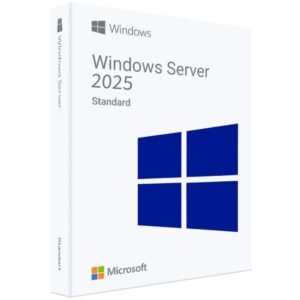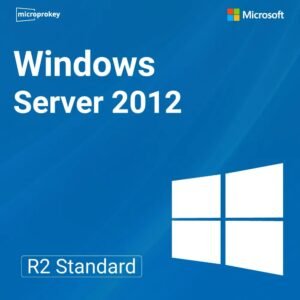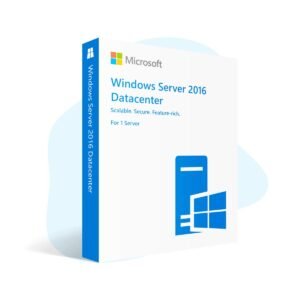Windows 10/11 Home/Pro OEM Keys
What is an OEM Key and How Does it Work?
An OEM key, or Original Equipment Manufacturer key, is a unique product key that is provided by hardware manufacturers for the activation of software, most notably the Windows operating system. Specifically for Windows 10 and 11 Home and Pro versions, an OEM key is tied to the hardware on which it is initially installed, generally a computer or laptop. This licensing model is distinct from retail keys, which can be transferred from one device to another, offering users different customization and portability options.
The primary difference between an OEM key and a retail key lies in their licensing terms. While retail keys can be used on multiple devices and can be transferred, OEM keys are restricted to the first computer they activate, making them non-transferable. This characteristic underscores a fundamental aspect of OEM licensing: it is designed to be used exclusively with the hardware on which it is pre-installed. Typically, OEM keys come pre-installed on systems by manufacturers, ensuring that the operating system is activated out of the box without any additional user intervention.
Using an OEM key has its own set of advantages and disadvantages. On the positive side, OEM keys tend to be less expensive than retail keys. This pricing strategy makes them an attractive option for consumers seeking to reduce initial costs when purchasing new devices. However, the downside is that if the hardware fails or is replaced, the OEM key might not function on the new system, limiting its usability over time. Furthermore, support may only come from the computer manufacturer rather than Microsoft, which could affect the recovery of lost product keys or resolve activation issues.
In summary, understanding what an OEM key is and how it works is essential for anyone considering the purchase of a new computer with Windows 10 or 11. This knowledge helps to navigate the complexities of software licensing and ensure optimal use of the operating system.
How to Activate Windows 10/11 Using an OEM Key
Activating Windows 10 or 11 with an Original Equipment Manufacturer (OEM) key is a straightforward process, but there are essential prerequisites and steps to follow to ensure a successful activation. First and foremost, verify that your computer meets the system requirements for Windows 10 or 11. Check for compatibility, ensuring your hardware specifications align with Microsoft’s recommendations. This includes adequate RAM, processor capability, and available storage space.
To begin the activation process, you will need your OEM key, typically found on a sticker attached to your device or provided in documentation. If your device is already running Windows, you can often find the key via the command prompt or system settings. During the installation phase, when prompted for a product key, enter your OEM key in the designated field. Once entered, the system should automatically validate the authenticity of the key and proceed with the activation.
In some cases, you might encounter issues during activation. Common problems include invalid key messages or network errors. Should these arise, ensure your internet connection is stable, as internet access is required for activation. Additionally, recheck the key for accuracy, verifying that you have entered it correctly, including any dashes. If the issue persists, using the Windows Activation Troubleshooter found in the settings may provide further assistance.
To verify the authenticity of your OEM key, only purchase it from legitimate sources. Authorized resellers, official Microsoft channels, and reputable retailers are ideal places to ensure the key is genuine. Purchasing from dubious online sources may lead to counterfeit keys, which can complicate your activation process. By following these guidelines, you can activate Windows 10 or 11 smoothly using your OEM key.








 _
_  _
_  _
_  _
_  _
_
Reviews
There are no reviews yet.